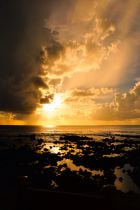
The archeologists here have theories on how the moai were erected and in their reconstruction efforts have proven the theory with a moai weighing tons. The moai were very gradually raised by using ramps to initially place the statue face down. They then pulled the figures up a little bit with ropes from the back, inserting stones in the front, pull up again, insert stones... repeat until erect. The largest moai erected by the Rapa Nui people weights 86 tons. Sounds like a tremendously daunting activity undertaken by many, many people over a very long period.
And then there are the ahu blocks weighing tons which are perfect cut and placed. Perplexing.








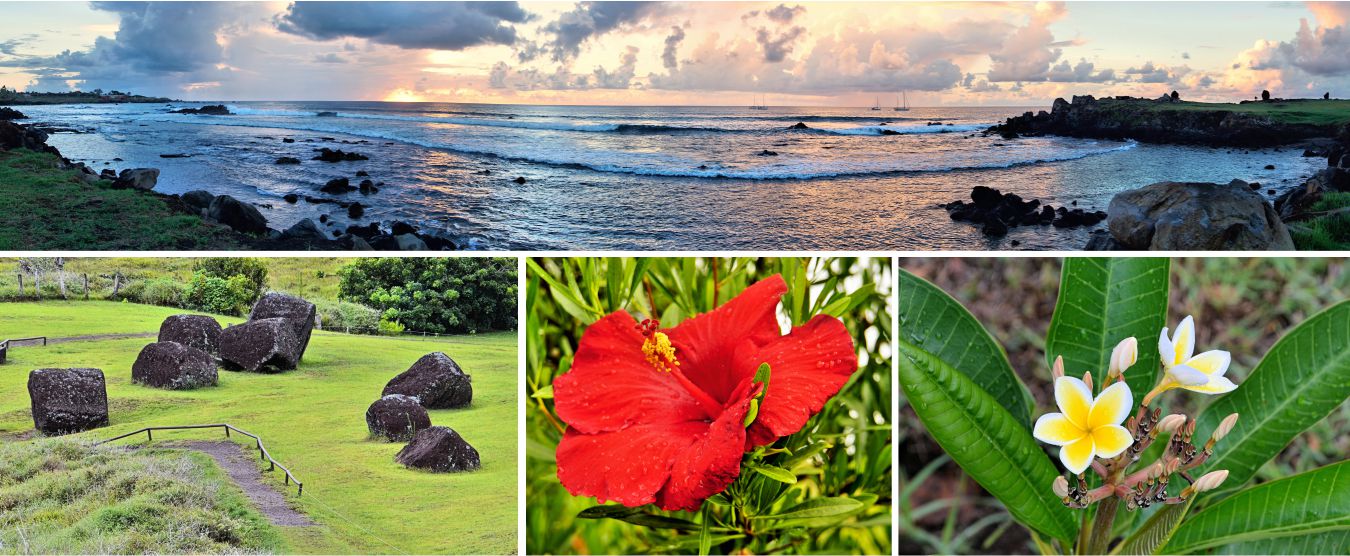
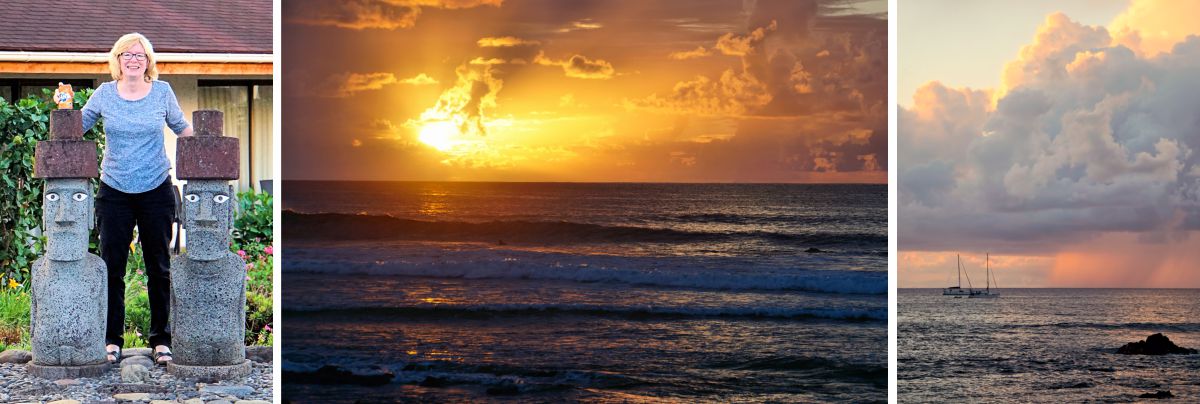


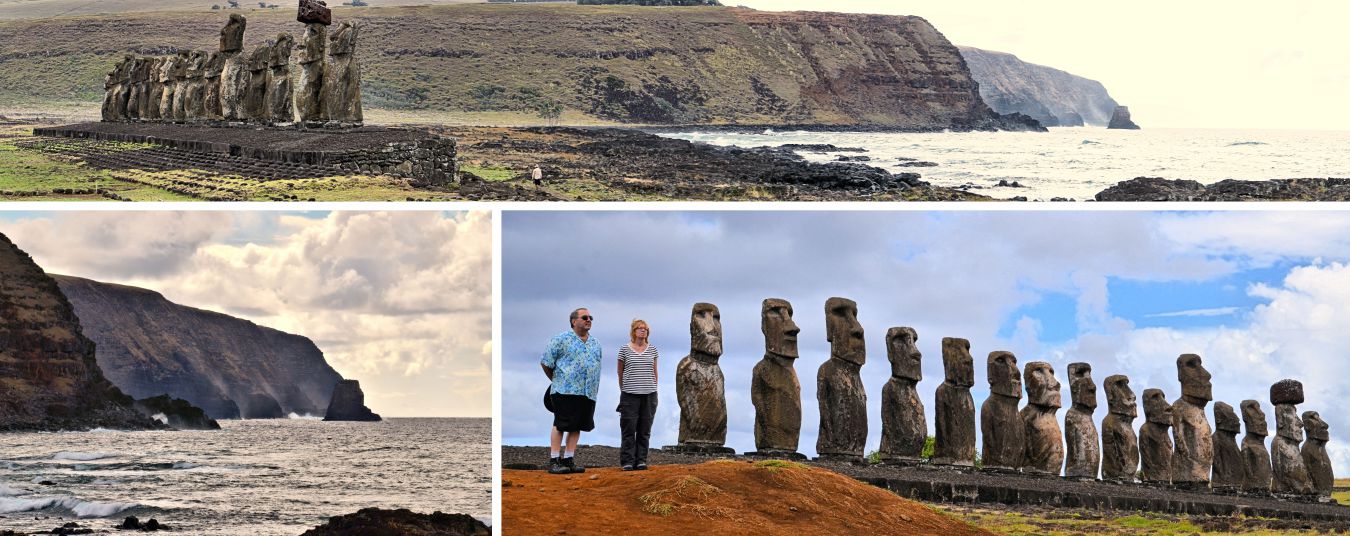








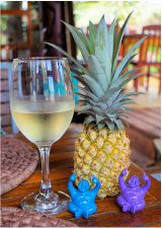




 RSS Feed
RSS Feed